By George Mancuso
On September 16, 2014, NASA awarded Boeing and SpaceX contracts to provide crewed launch services to the International Space Station (ISS). For the same contract requirement, Boeing could receive up to $ 4.2 B, while SpaceX could receive up to $ 2.6 B.
As Boeing and SpaceX are approaching initial test flights in 2019 it is worthwhile to summarize similarities and design differences. It is interesting to note how two highly competent teams arrived at somewhat different solutions for the same mission. Both spacecraft are capsules (frustum) of approximately the same size and accommodate a crew of up to 7, and both have heatshield and parachute recovery systems. The two spacecraft utilize pusher escape systems as opposed to the traditional tractor type design. The NASA Docking System (NDS) is also used on both spacecraft. From here the designs diverge.
Dragon 2 will ride to orbit on a Falcon 9 (Block 5) whereas the CST-100 will utilize an Atlas V. The Falcon 9 LOX / RP-1 Merlin engines are optimized for atmospheric and vacuum performance (first and second stages). Two LOX / RP-1 RD-180 engines are used in the Atlas 5 first stage and two RL-10 engines LH2 / LOX for the second stage. NASA has also approved SpaceX for a load-and-go fuel procedure with astronauts on-board enabling densified LOX to be fueled.
Starliner consists of a Crew and Service Module somewhat like the Apollo Command and Service module. Starliner is battery powered and can free fly for approximately 60 hours or remain docked to the ISS with keep alive power for extended periods. The Dragon 2 configuration includes a pressurized crew section and payload trunk. The trunk has a volume and 14 cubic meters and includes solar arrays that can support one (1) week of free flight. Dragon 2 may be docked to the ISS for long durations.
Light weight Intravehicular Activity (IVA) spacesuits were developed by Boeing and SpaceX. The suits provide life support in the event of a cabin depressurization via a closed loop vehicle air supply. Both suits are designed for comfort and appearance. Boeing’s suit includes a soft helmet whereas SpaceX incorporates a light weight stylized hard helmet. Gloves are designed for use with a touch screen with either suit.
The Starliner incorporates airbags to enable a land landing. The Starliner Service Module may be reused up to 10 times. Dragon 2 lands in water. Portions of the Dragon 2 are reusable.
It will be interesting to see how the designs will influence the utilization of the two different spacecraft.

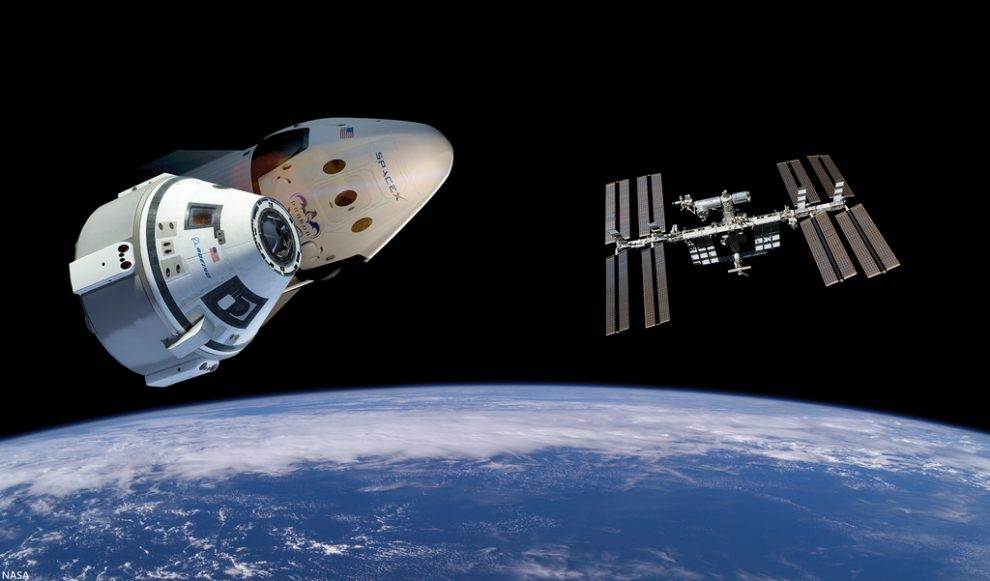
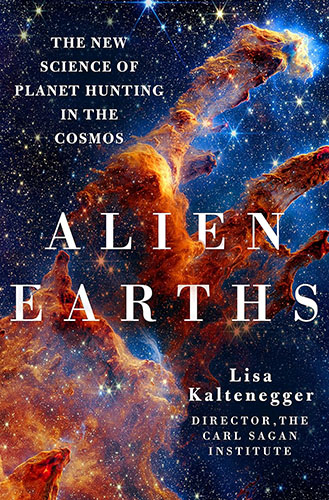
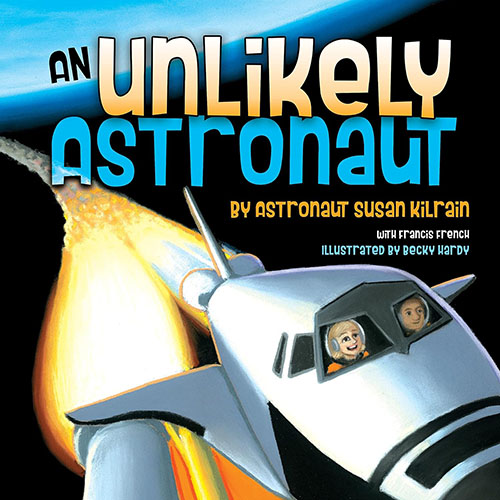
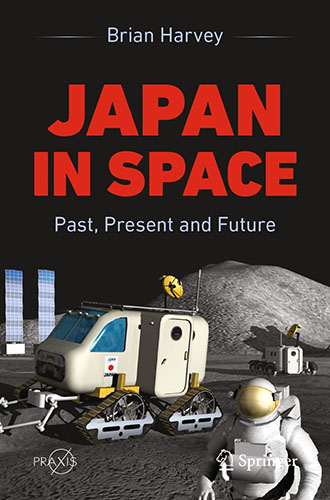

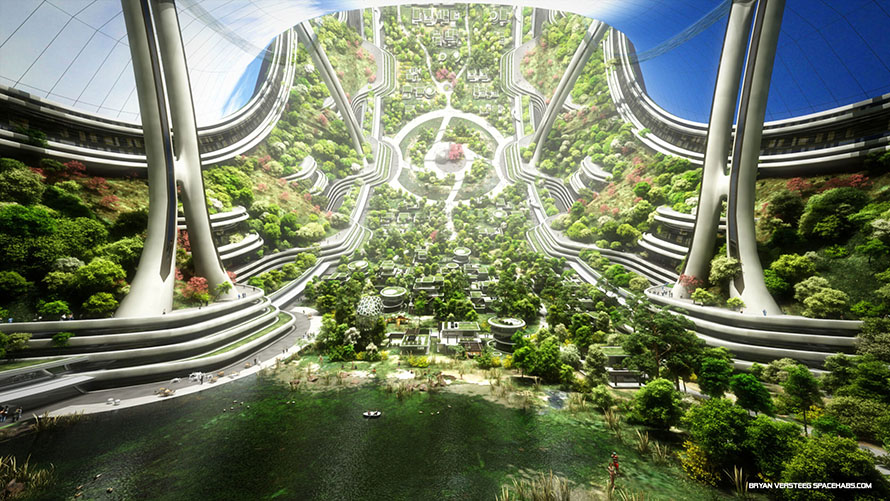
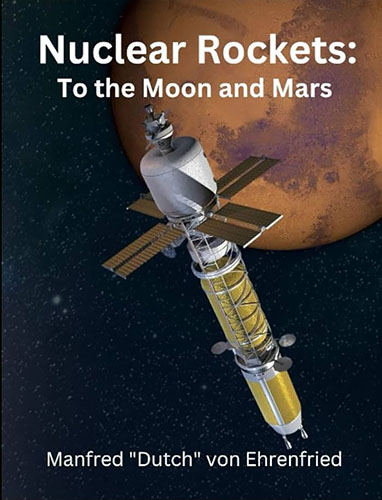
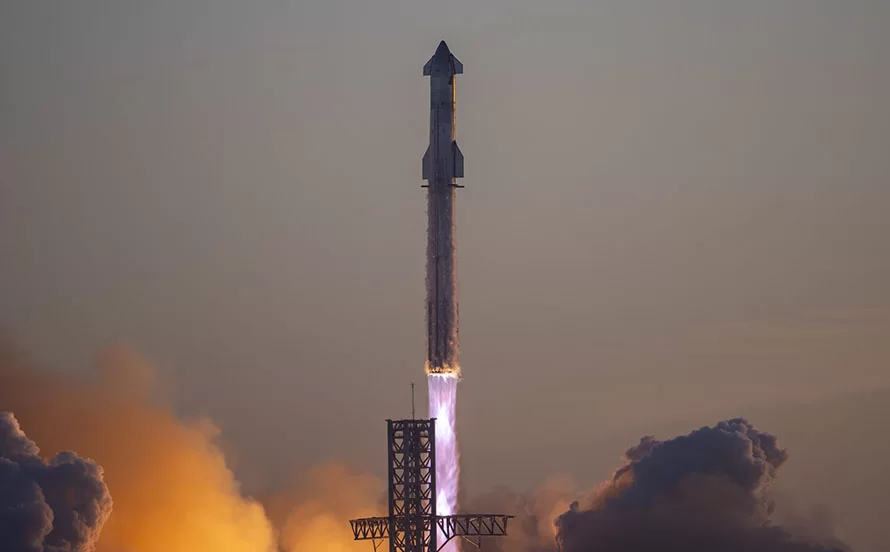
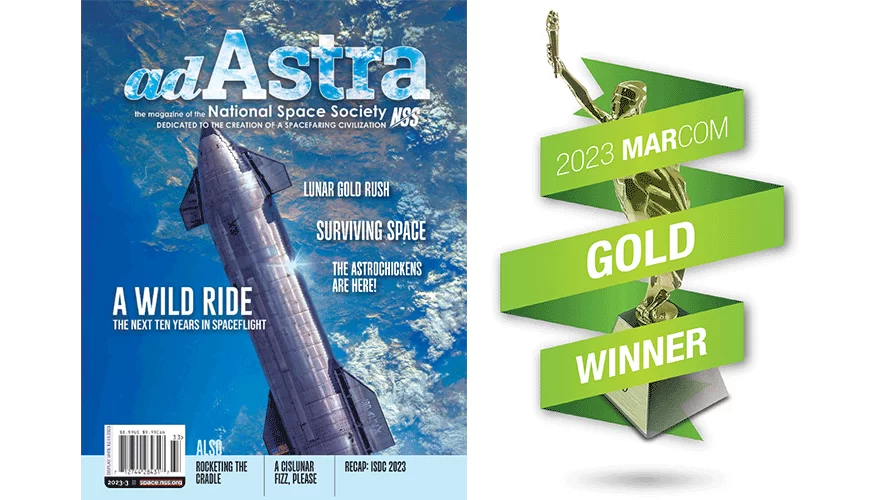
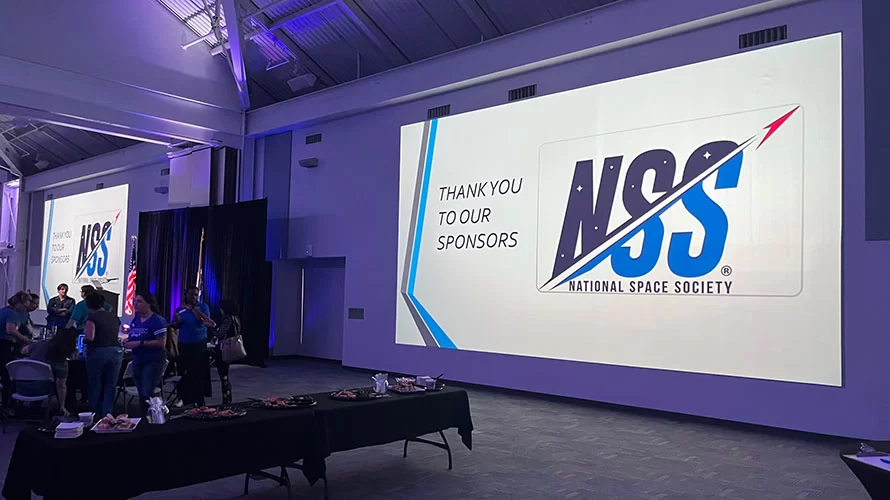
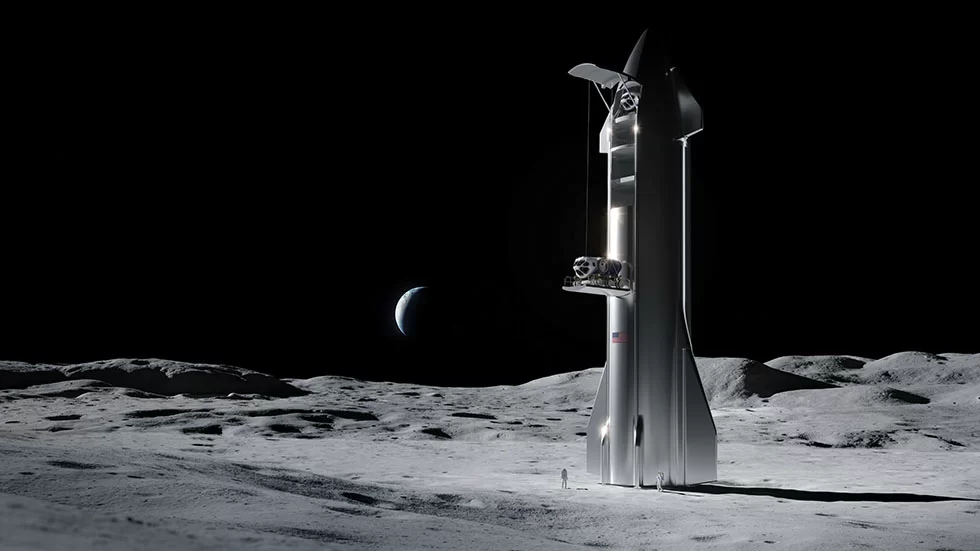
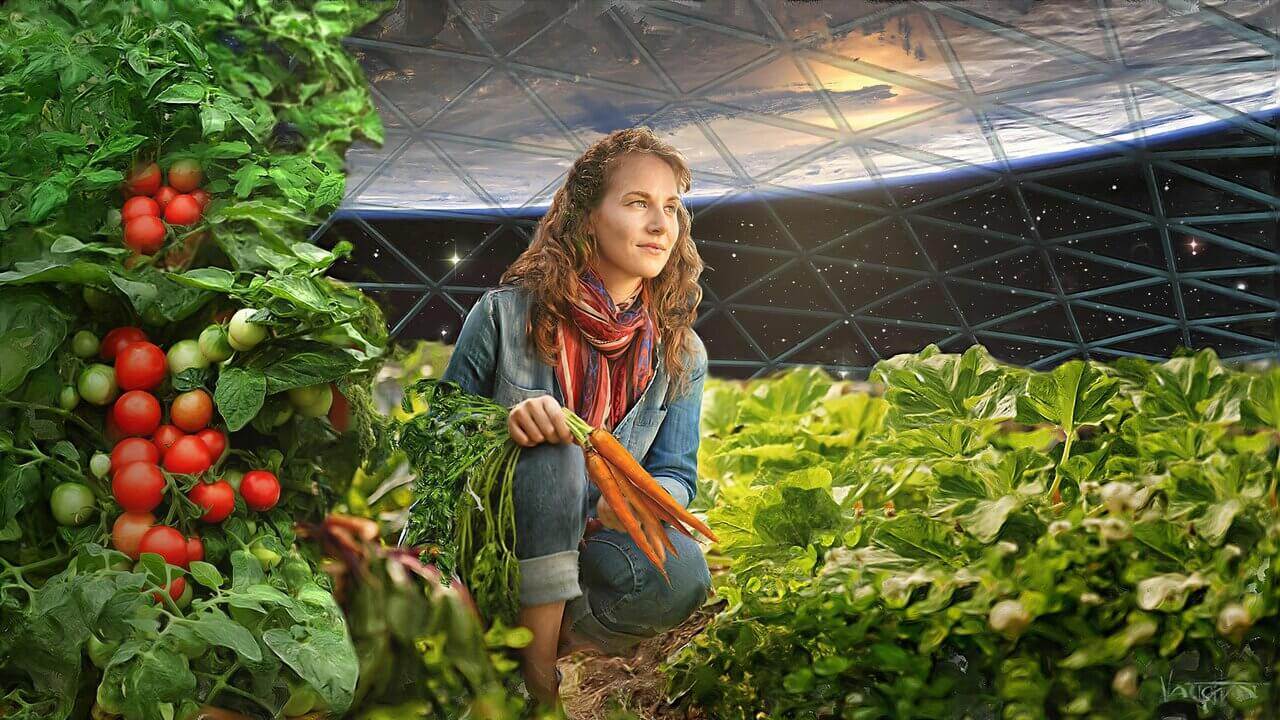
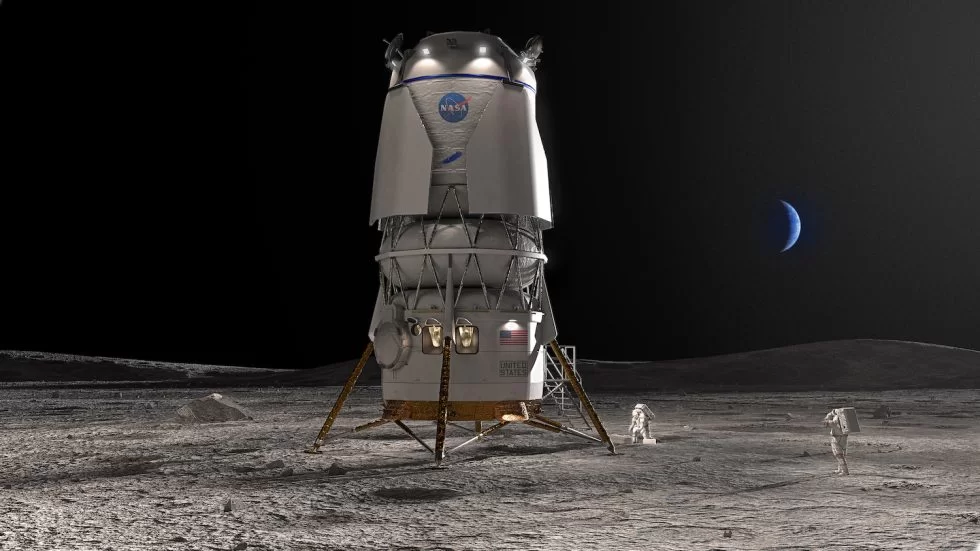
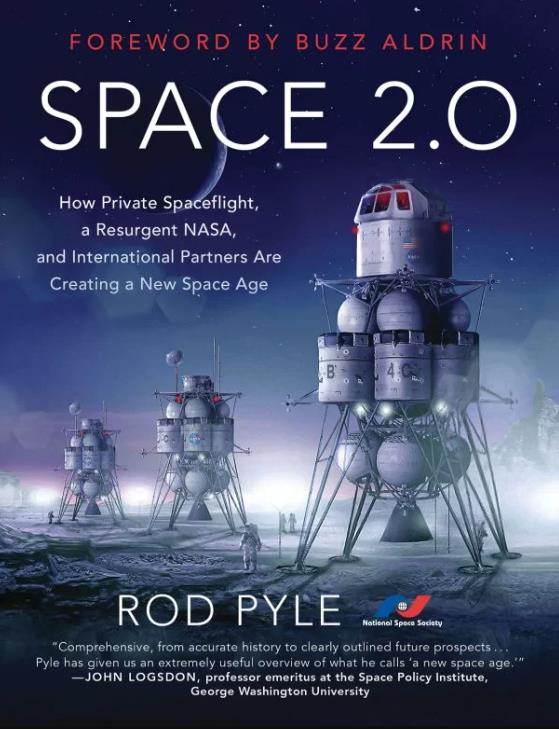
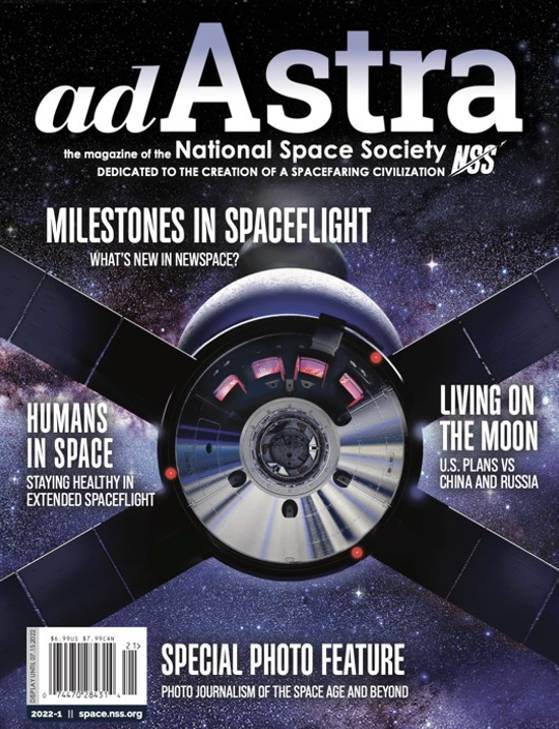
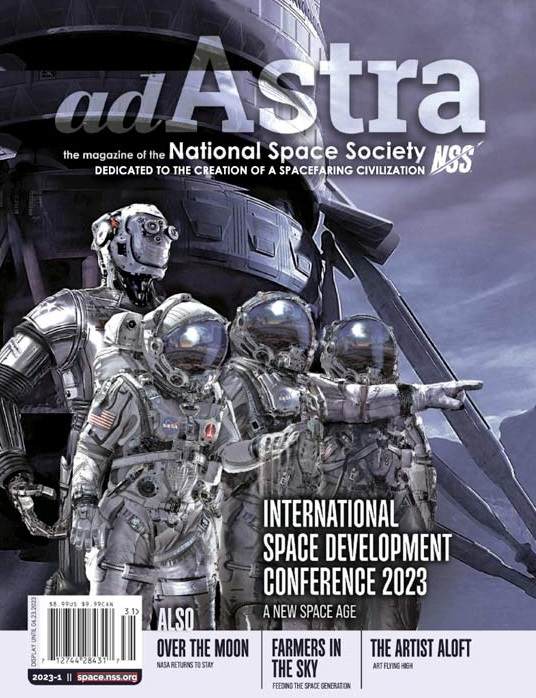
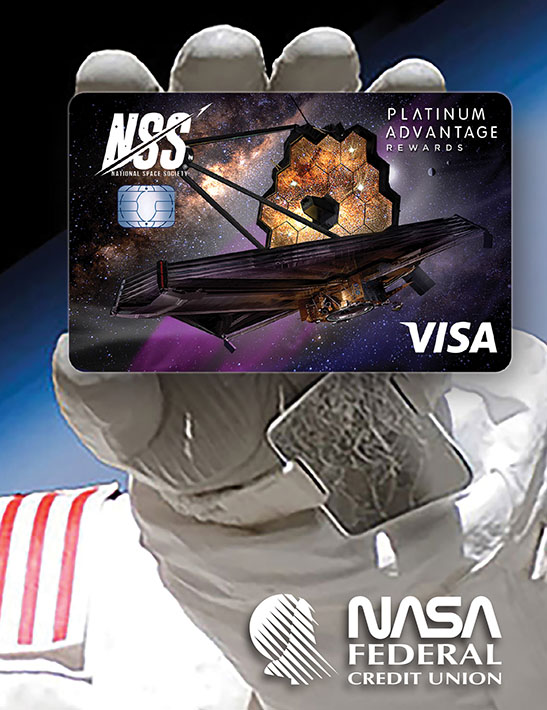

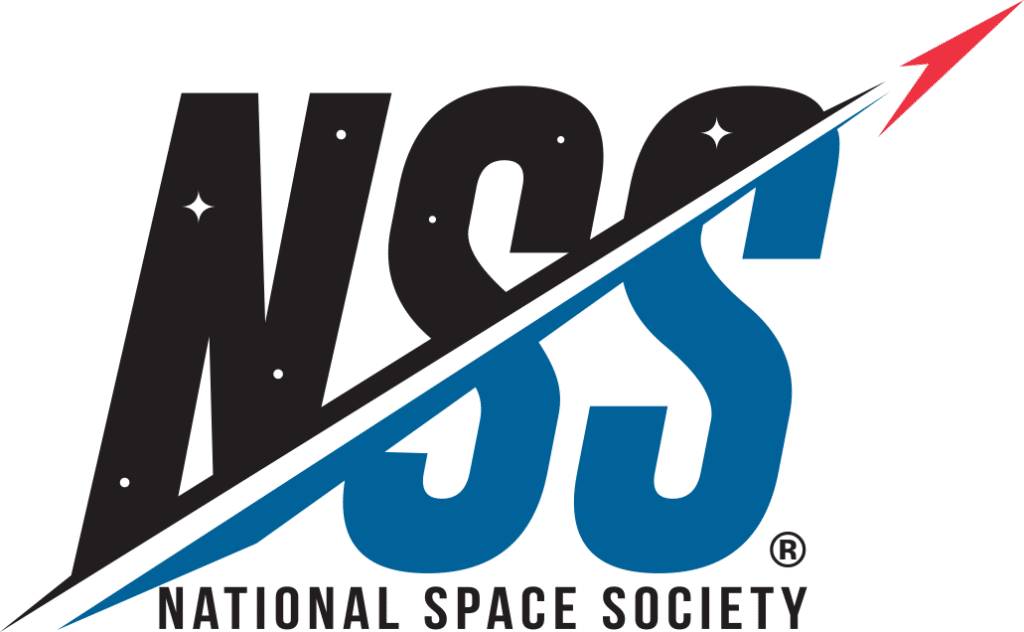
14 thoughts on “Dragon 2 and CST-100 Starliner Spacecraft Compared”
Unimpressive to say the least. Old time space capsules , not even that , one has 60 hours of battery life [less than 3 days] the other can stay up a week. Gemini could stay up 2 weeks back in 1965. I am not sure about Apollo but it was at least 3 weeks. A huge step down from the space shuttle and with even less. Lets see a large manned space base in LEO supported by these , this let alone a large space settlement in a higher orbit.
Dear Donald Ernst
While Gemini had a longer life in active mode, and was a excellent capsule that isn’t given enough credit today, it actually has less life support capability than both Dragon 2 and Starliner. If you look at how many people the capsules have to support, not the amount of time that they can support the maximum occupants, then the true life support capability can be found. In addition, modern electronics and equipment are probably a lot more energy-intensive.
The space shuttle is another matter. While it achieved great things, it was a compromised design and never achieved its true purpose (make stuff cheaper to get into orbit). It was a bad reusable spaceship, since it’s 1960s tech made it difficult to achieve said cheap re usability. As
a result (and maybe because I was too late for the Shuttle), I don’t think the shuttle really furthered space travel. However, maybe the Starship will continue and further its legacy.
As for a large space settlement or base, capsules can’t really support such a endeavour. However, Starship is a step in the right direction.
Dear Sean Sargeant , Yes you are correct in your details concerning the capsules and the shuttle. The point I should have made was that a better shuttle should have been built , one that was both safer and more economical. Hopefully Elon Musk’s Starship will accomplish this.I feel the money NASA spent on the Starliner and Dragon 2 would have been better spent on such a design and they would still have the Orion as a back up system if needed.
Yeah, you’re really correct on that one. Hopefully the dream chaser becomes a favoured vehicle of NASA, along with the Dragon 2. The prime reasons for the shuttle failing in it’s goal is the DoD changing stuff along with the tiles for reentry.
However, it’s much cheaper for NASA to get private companies to make spacecraft. The Orion is sucking up money like it’s no tomorrow, and may not fly that often. I don’t think the Orion is much of a backup, but it’s nice to have it in the cards.
“The Starliner Service Module may be reused up to 10 times”. Actually, the Starliner Service Module is jettisoned prior to reentry.
I did read someone rather unkindly say that the Starliner’s re-usability is bit like saying a car is reusable when it needs it’s engine, tires and suspension replaced after each trip!
Yes. It’s the Starliner CREW MODULE which is reusable.
Let’s all now support Space X with their Starship and the little known, but inspiring British company Reaction Engines which is developing a new propulsion system that will allow a all-reusable large plane to take off, fly to orbit and return home without leaving any trash behind.
If I am not mistaken, both Starship and Reaction Engine’s Skylon should use oxygen and hydrogen as fuel.
When these marvels will both fly, we’ll see our ’60s ‘Stingray’ dreams come to life.
One more thing: Airbus, Roscosmos and the Chinese Space Agency are all studying Falcon 9-like landing systems. Is Boeing doing the same? Let’s hope so.
Here’s hoping. The future seems a lot more interesting than it was in the past.
Also, the Starship uses methane as a fuel rather than hydrogen.
I thought that Starship uses methane as fuel
It’s a crime that Boeing received 2-billion more than SpaceX” to develop their “Starliner”, and it still awaits certification to launch a maned flight; can someone say political clout?
Boeing received a larger amount because SpaceX had already received funding for Commercial Cargo, development of which has assisted Commercial crew. Also Starliner will perform some cargo lift that SpaceX does separately with Cargo Dragon, at additional cost.
Yes, if only Boeing had rich kid worth $180 billion to put billions of his own money into its space program. As flaky as Elon Musk is, NASA would be insane to rely on only Spacex for getting bodies to the ISS. Also, if Boeing / ULA / NASA had blown up as many rockets as Spacex did you’d be calling for NASA to be defunded.
Y’all need to keep in mind that the missions of these modern capsules is significantly different than Apollo and even Orion. Dragon and CST just go to ISS. That’s what they are optimized for. The others go a little further than LEO. And yes, contractors CAN perform some of these development efforts better than NASA, but it’s not guaranteed. Commercial cargo is a success. Commercial crew, note the distinct performance differences between just these two examples. One: less money, stellar performance. Two: more money, not so great so far. And while it’s popular to kick and joke about the “…old government NASA,” I challenge anyone to name any agency in the world that has done more, inspired more, and expanded our minds more than NASA.